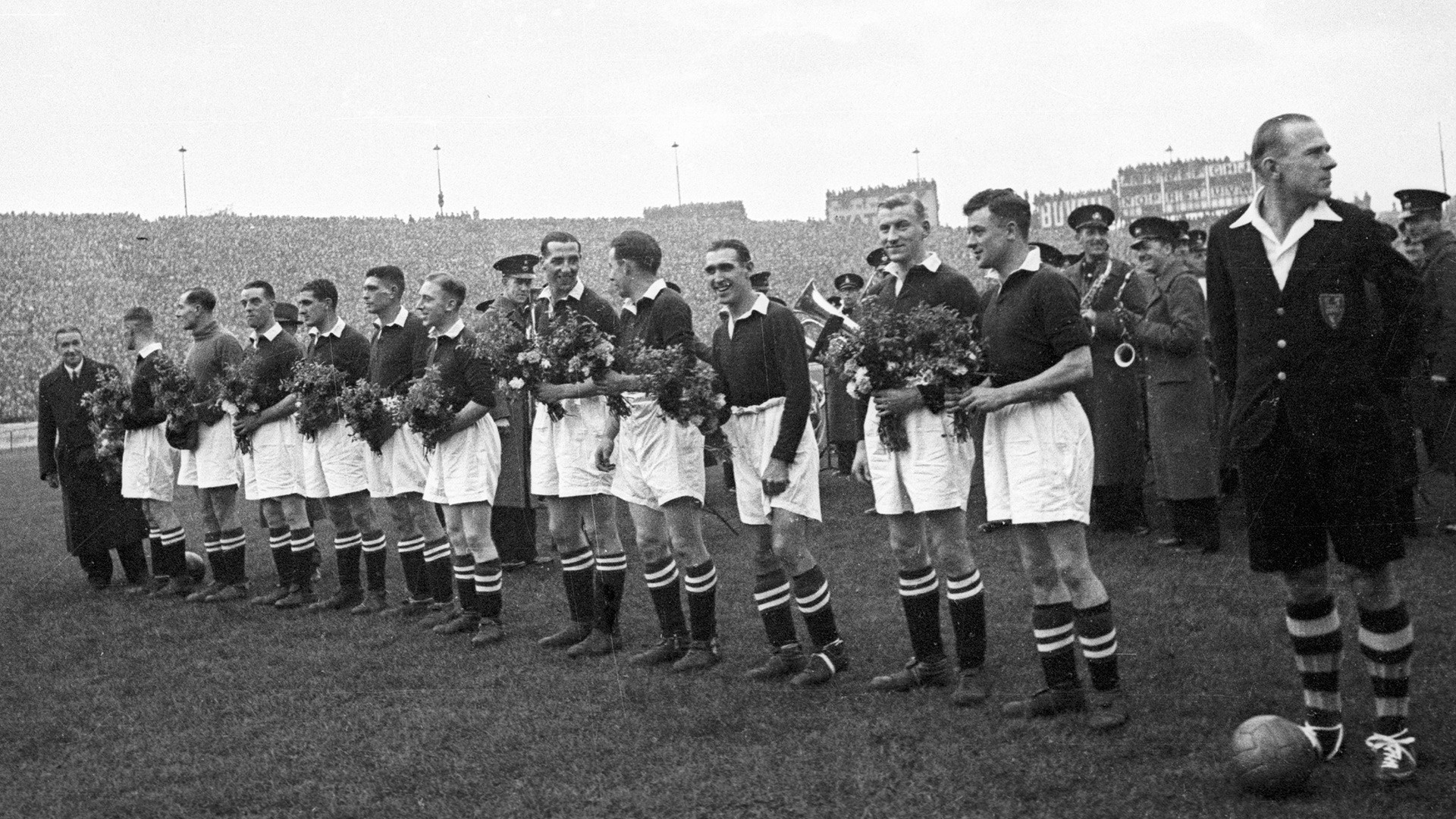
1.
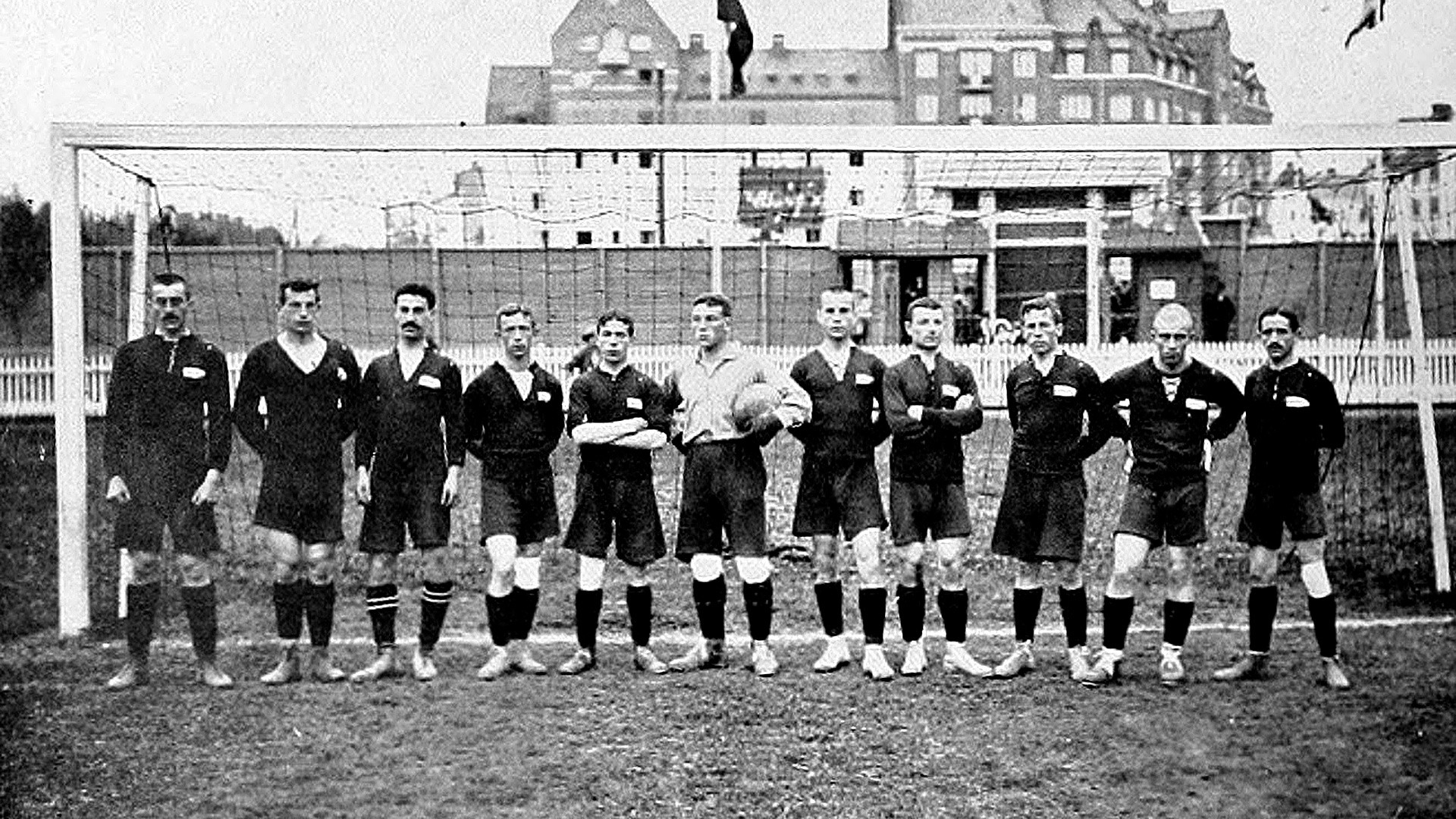
When the Russian Empire disintegrated in 1917 so did its national football team, with players scattered across the world, fighting in the trenches of World War I, pioneering science, and even working for British intelligence.
2.
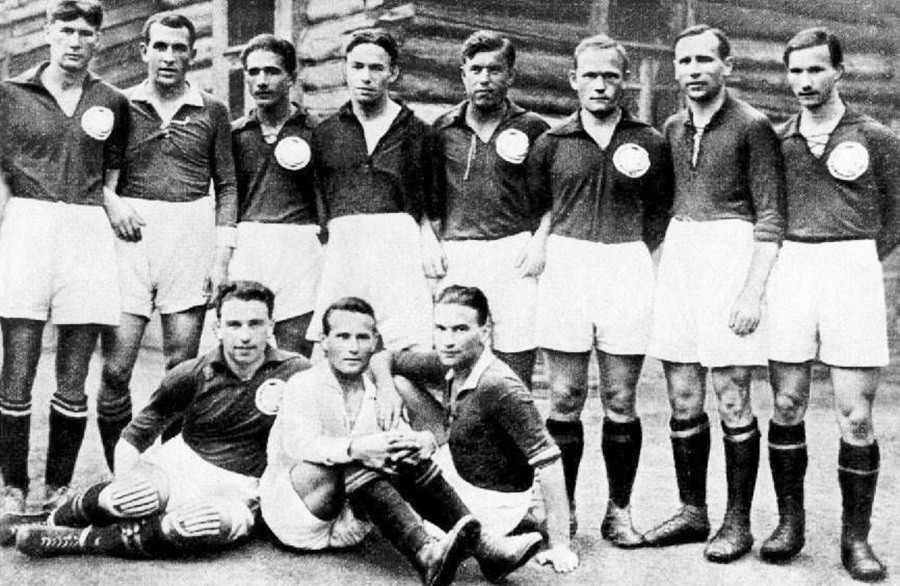
In the aftermath of the Civil War a new country was formed. International isolation complicated the creation of a Soviet national team, which was an issue of major importance for the Soviet leadership. The situation changed in 1924 thanks to Turkey.
Turkey’s national team was not the strongest and played only one game in the 1924 Paris Summer Olympics, losing to Czechoslovakia. Still, the Turks wanted to play the Soviets, a team that no one knew anything about.
3.
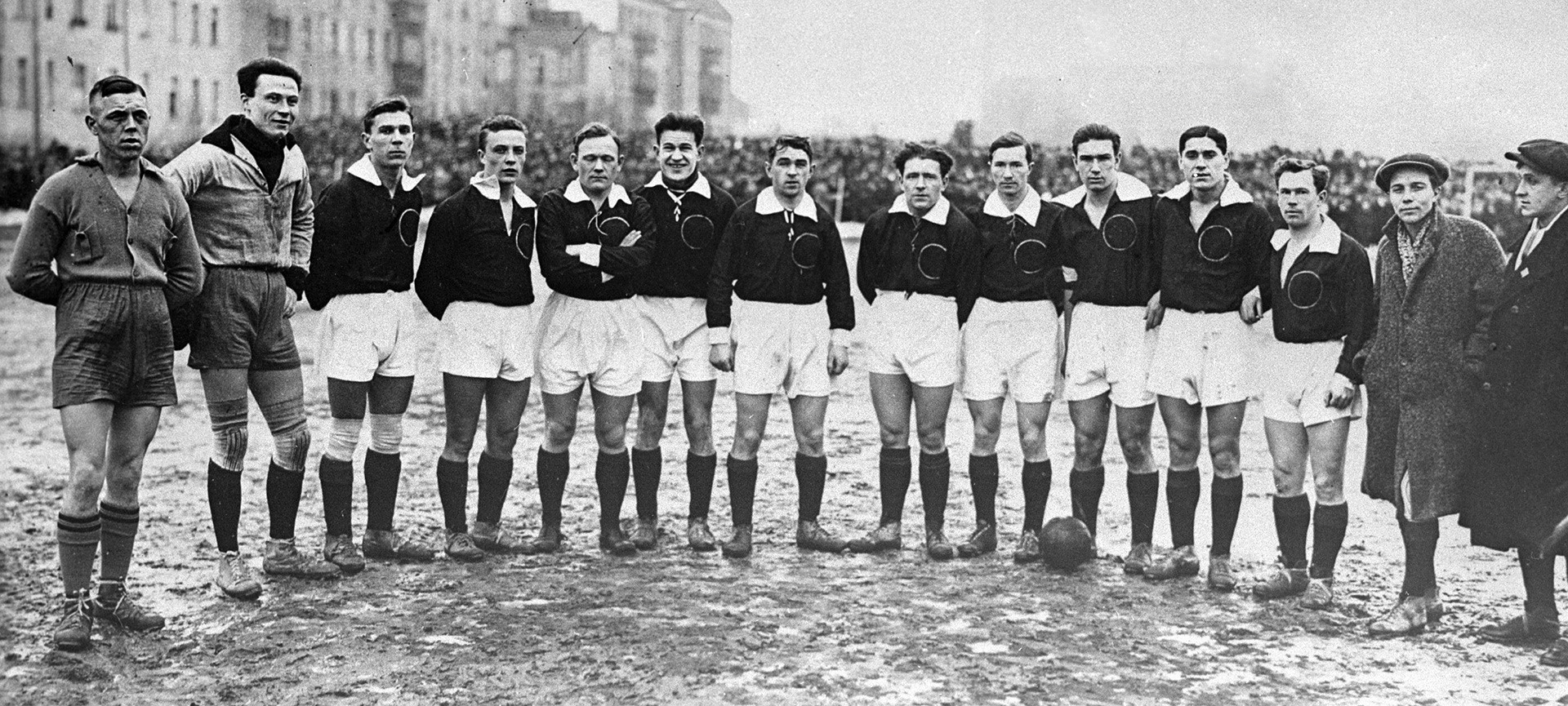
After Turkey received approval from FIFA, it sent an official proposal to the Soviet Union to play a friendly match. The Soviets’ Supreme Council of Physical Culture sanctioned the match and established the national team’s uniform: red T-shirts and white shorts.
4.
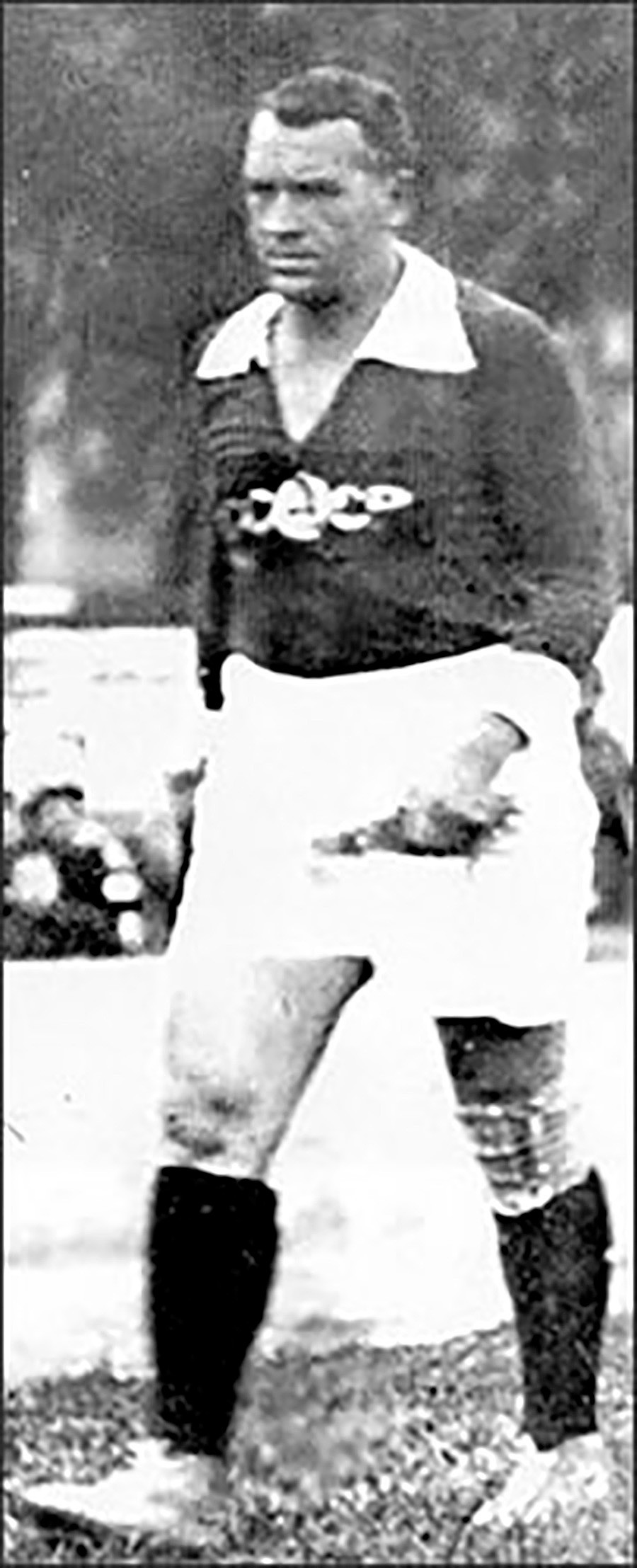
Excitement and anticipation skyrocketed. The friendly match was scheduled for Nov. 16, 1924 in Moscow. With a foreign national team visiting the Soviet Union, state propaganda portrayed it as a match of great importance.
As the day of the match approached, a new Soviet national team was put together. Mikhail Butusov, a representative of the famous football dynasty and a talented player, was appointed captain.
5.
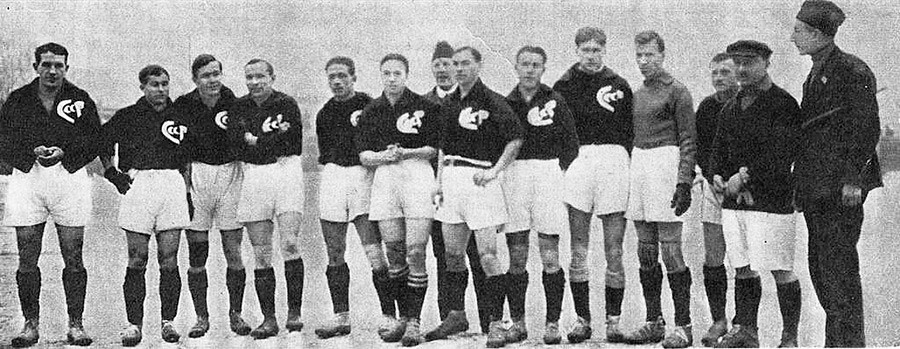
On the day of the match the Soviet newspaper, Red Sport, wrote: “People hardly believe that the game will take place on Nov. 16. It has been snowing the whole week; thaws were replaced by frost and fields covered with ice. Yet nature allowed for this most interesting match to happen. There are more than 15,000 spectators — a record number for Moscow and the USSR.”
The Soviets won the match 3:0, and this relatively easy victory over a team of average strength was portrayed as a major triumph for the Soviet Union, which had to deal with a political blockade by capitalist countries. The win marked the beginning of a renaissance of the country’s lost football traditions.
6.

The Turks were looking for revenge with a second match held in Ankara on May 15, 1925, but that ended 2:1 in favor of the Soviets. The news once again caused jubilation in the USSR.
7.

The excitement subsided as fast as it grew, however. FIFA was opposed to other matches against the Soviet team, and the USSR only finally became a member of FIFA in 1947. Although Soviet players could not play big games, football nevertheless developed in the country. In 1928, a new stadium, Dinamo, was unveiled in Moscow.
8.
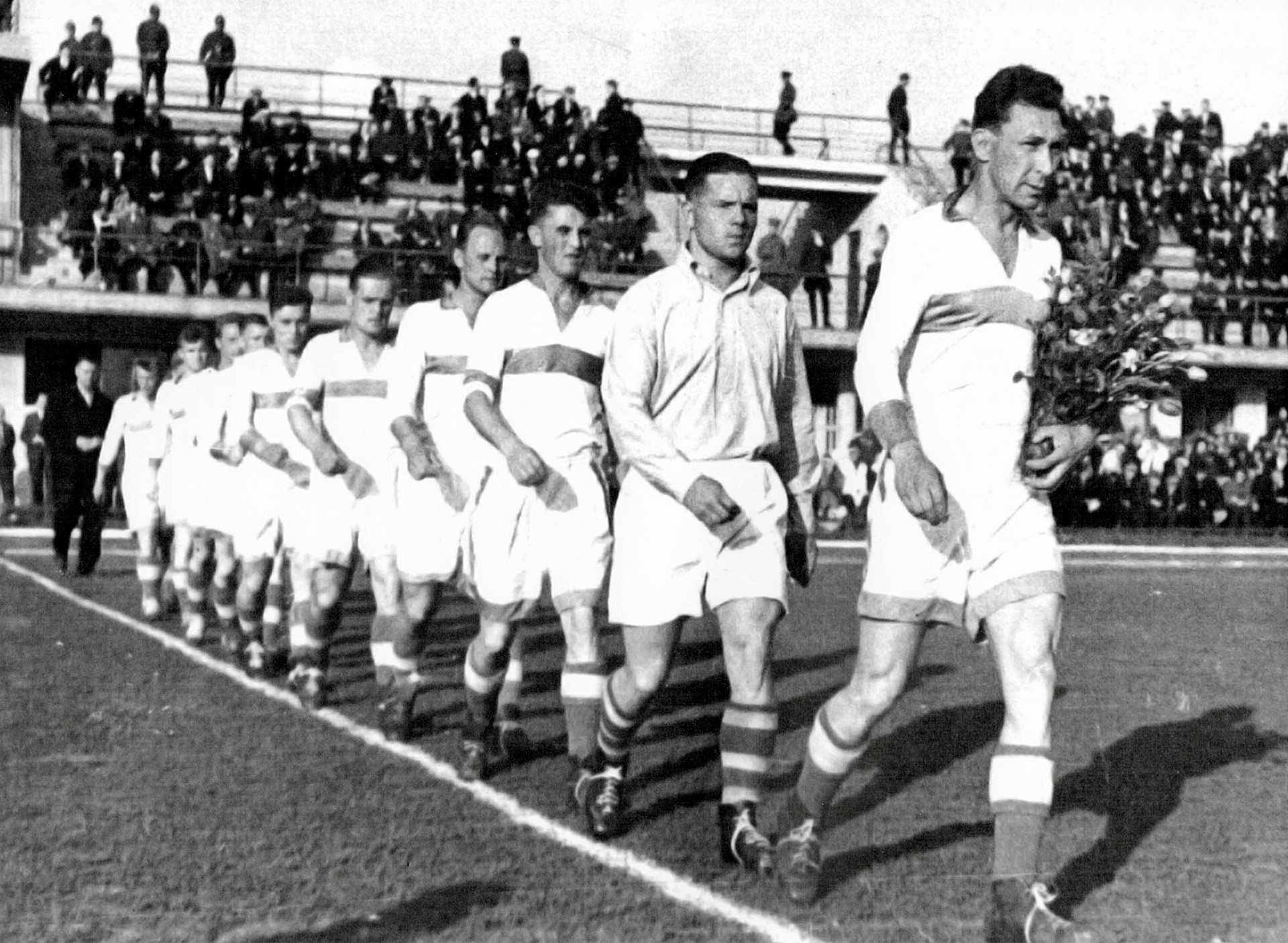
On May 22, 1936, the Dinamo football team from Leningrad played against the Moscow team, Locomotive, as part of the first Soviet football club championship.
9.
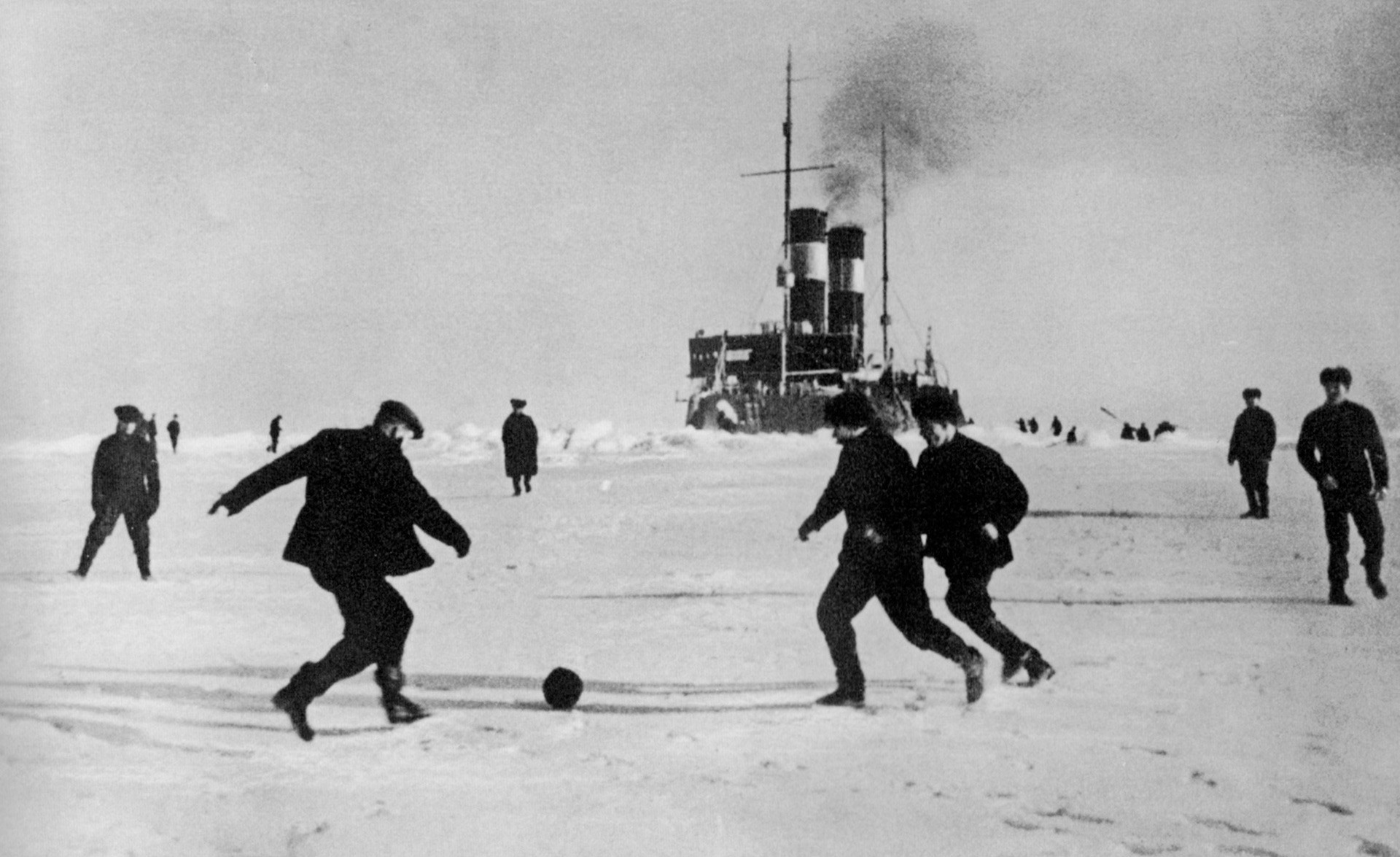
Football quickly conquered the hearts of the Soviet people. In 1940, the first football match in the Arctic was held.
10.
During the most difficult years of World War II, football united the Soviet people and gave them hope. There was a famous match between Dinamo and the workers of the Leningrad Metal Plant, many of which played for professional football clubs.
11.
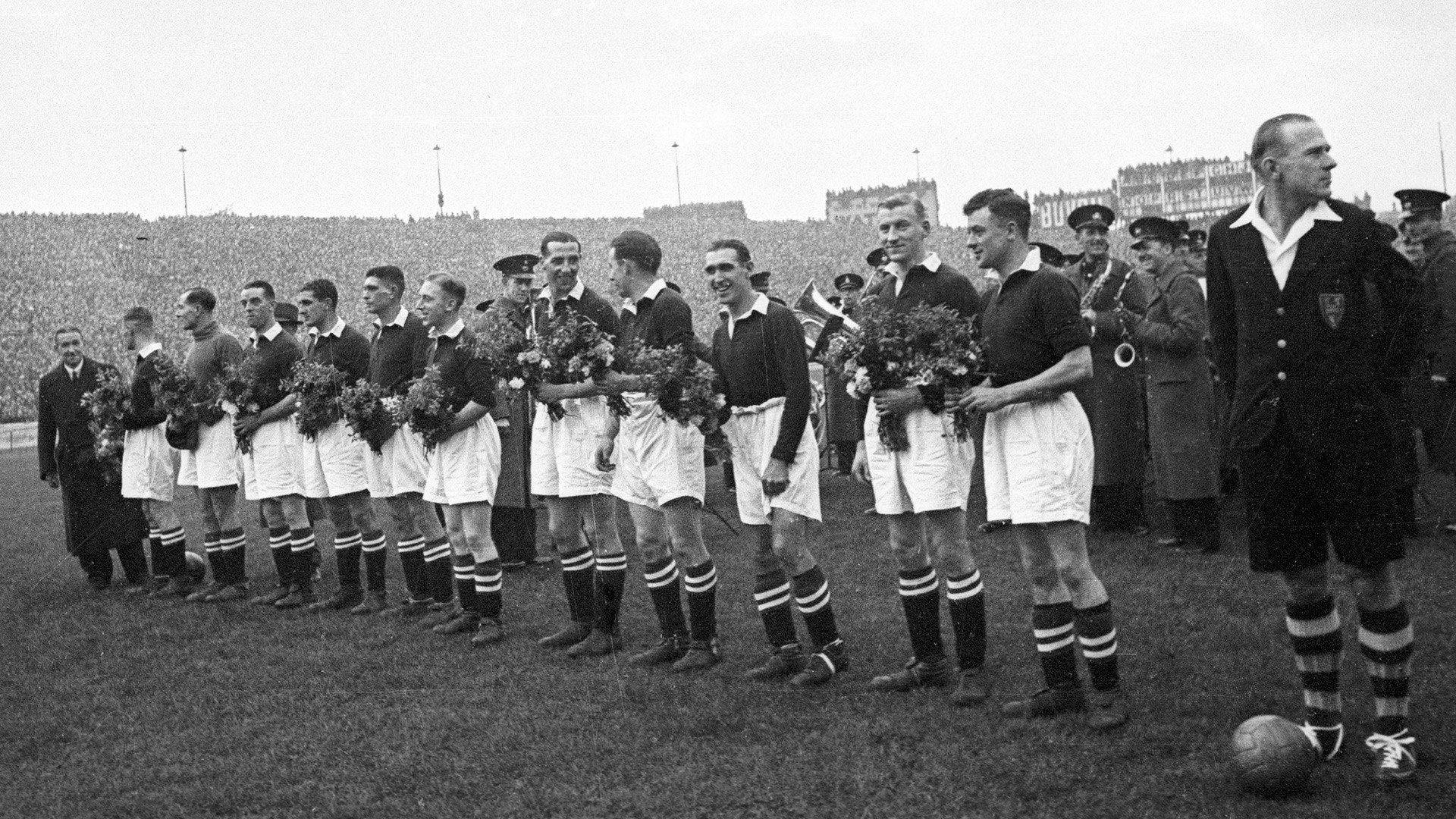
When the war ended, Moscow’s Dinamo made a historic visit to the UK, where they played against the finest clubs of England, Wales, and Scotland, including Chelsea and Arsenal. The Soviet players won two of the four matches and earned draws in the other two. The success of the Soviet football tour around Britain helped the country to join FIFA in 1947.
12.

The Soviet national team quickly earned international respect. In 1960, the Soviets beat Yugoslavia 2:1, and became Europe’s football champion, winning the 1960 European Nations' Cup.
Find everything you wanted to know about The 2018 FIFA World Cup Russia™ here.
If using any of Russia Beyond's content, partly or in full, always provide an active hyperlink to the original material.
Subscribe
to our newsletter!
Get the week's best stories straight to your inbox